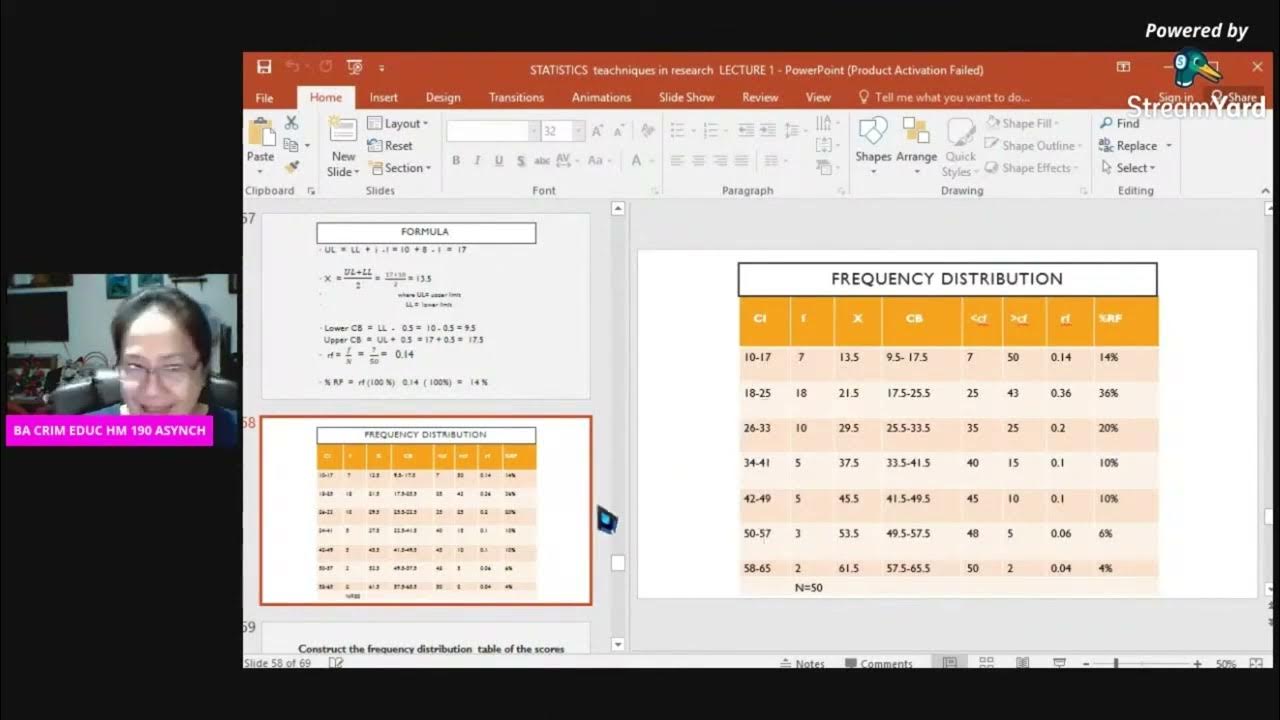Filtering
Summary
TLDRIn this video, the instructor introduces students to image filtering techniques in Python, covering Mean, Gaussian, and Median filters. The session begins with a brief explanation of the filtering process and progresses to practical coding examples using OpenCV. Students learn how different kernel sizes affect noise reduction and image clarity. The instructor emphasizes understanding the algorithms behind each filter, not just using libraries. Through hands-on experiments, students are encouraged to explore the impact of varying kernel sizes on image quality. The session concludes with an assignment to create a report analyzing the results of their experiments.
Takeaways
- 😀 The lecture focuses on online instruction about image filtering techniques using Python.
- 😀 Filtering methods covered include mean filtering, Gaussian filtering, and median filtering.
- 😀 The first step in filtering is to upload an image with noise and save it in an image variable.
- 😀 RGB color space is converted to HSP (Hue, Saturation, and Perceived brightness) to optimize filtering.
- 😀 Python's CV2 library is used for applying various filtering techniques such as blur.
- 😀 Kernel sizes are adjustable, and larger kernels increase the blur but reduce noise more effectively.
- 😀 With a 3x3 kernel, the noise is reduced slightly, but higher kernels (5x5, 9x9) show better results with increasing blur.
- 😀 The Gaussian filter simplifies the process by using CV2's built-in functions, with no need for manual calculations as in Excel.
- 😀 While Gaussian filtering reduces noise, it also makes the image blurrier, especially with larger kernels.
- 😀 Median filtering removes blur faster and can have a cleaner result compared to Gaussian filtering with larger kernels.
- 😀 The assignment encourages students to experiment with different kernel sizes and analyze the effects of noise reduction and blur removal.
Q & A
What is the focus of the lecture in the video?
-The lecture focuses on explaining different image filtering techniques, specifically main filtering, Gaussian filtering, and median filtering using Python.
Why is the HSP color model used for filtering instead of RGB?
-The HSP (Hue, Saturation, and Perceived brightness) color model is used because it is more optimal for filtering, as it separates the color intensity from the color itself, making it easier to process noise.
What is the purpose of using a kernel in image filtering?
-A kernel in image filtering is used to manipulate the pixels of an image by applying mathematical operations to their neighboring pixels. The kernel size determines how much the image is blurred or smoothed.
How does the kernel size affect the noise and blur in the image?
-A larger kernel size results in greater blurring of the image, which helps reduce noise but also increases the risk of over-blurring the image and losing important details.
What is the effect of using a kernel size of 3x3 compared to larger sizes?
-Using a 3x3 kernel retains more of the image's details while reducing noise, but larger kernels like 5x5 or 9x9 result in stronger blurring, which can reduce noise even further but may blur the image more.
What is the difference between the main filtering technique and Gaussian filtering?
-Main filtering is a simple average-based technique for noise reduction, while Gaussian filtering uses a weighted average based on a Gaussian distribution, giving more importance to the central pixel and reducing blurring at the edges.
How does the Gaussian filter work in Python compared to manual calculation?
-In Python, the Gaussian filter can be applied using the cv2.GaussianBlur function, which simplifies the process compared to manual calculations where the Gaussian formula is directly used to compute the filter values.
Why is it important to understand the underlying algorithms before using libraries like OpenCV?
-Understanding the underlying algorithms is important because it provides insight into how the filter works, helping to make informed decisions about kernel size and other parameters for better results, rather than just relying on pre-built functions.
What is the key takeaway from experimenting with different kernel sizes in filtering?
-Experimenting with different kernel sizes helps to understand the trade-off between noise reduction and image detail. Smaller kernels preserve detail while reducing noise slightly, while larger kernels reduce noise more effectively but blur the image.
What is the purpose of the assignment given to students in the lecture?
-The assignment requires students to experiment with different kernel sizes, apply various filtering techniques, and analyze the effects of these changes on noise reduction and image clarity, ultimately creating a report with their findings.
Outlines

Этот раздел доступен только подписчикам платных тарифов. Пожалуйста, перейдите на платный тариф для доступа.
Перейти на платный тарифMindmap

Этот раздел доступен только подписчикам платных тарифов. Пожалуйста, перейдите на платный тариф для доступа.
Перейти на платный тарифKeywords

Этот раздел доступен только подписчикам платных тарифов. Пожалуйста, перейдите на платный тариф для доступа.
Перейти на платный тарифHighlights

Этот раздел доступен только подписчикам платных тарифов. Пожалуйста, перейдите на платный тариф для доступа.
Перейти на платный тарифTranscripts

Этот раздел доступен только подписчикам платных тарифов. Пожалуйста, перейдите на платный тариф для доступа.
Перейти на платный тариф5.0 / 5 (0 votes)






